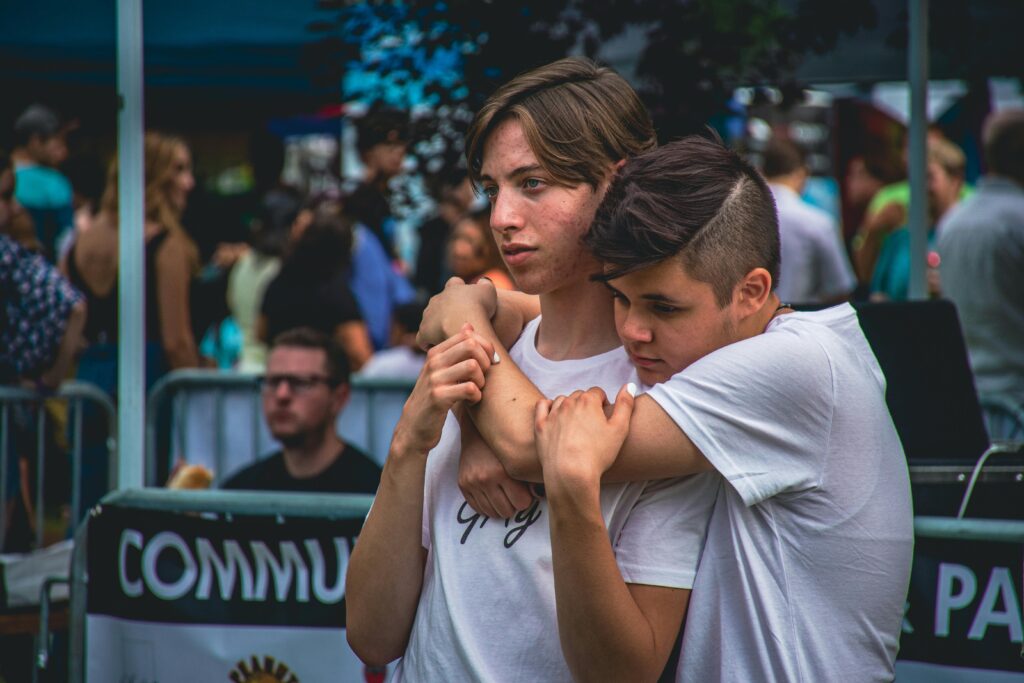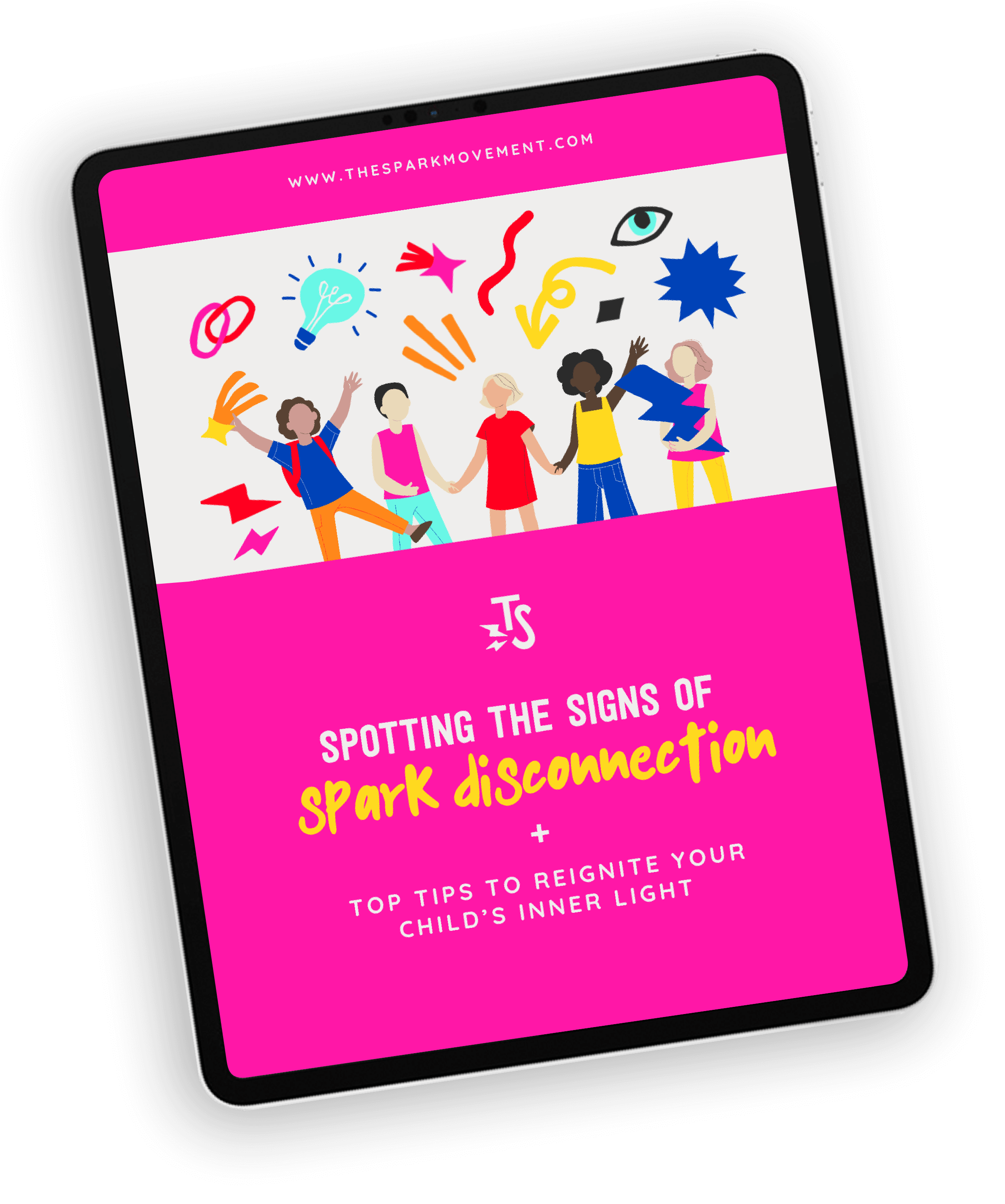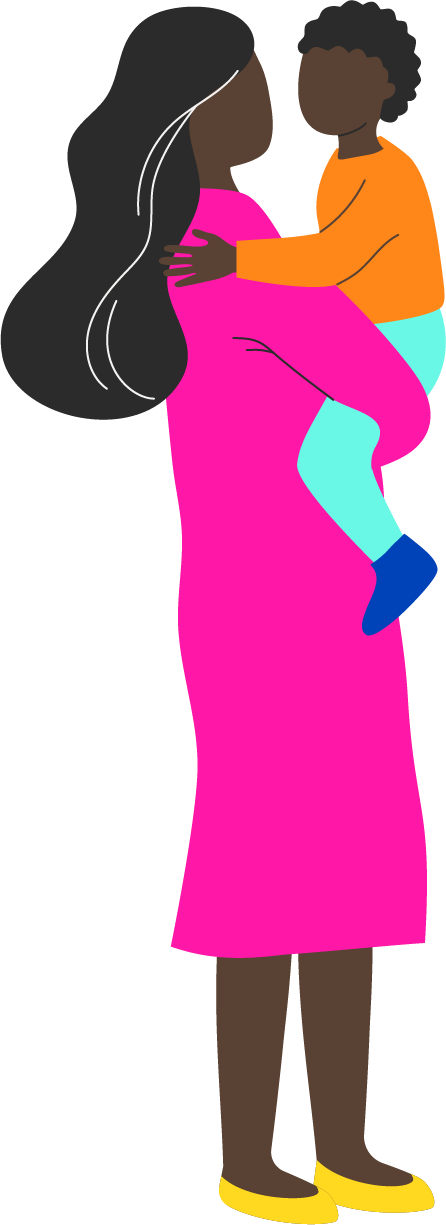What’s the antidote to youth violence?
What Adolescence is teaching us about boys (and why we need to start listening)
Everyone is talking about the new Netflix show, Adolescence, which is officially the most-watched show in the UK within its first two weeks, making TV history in the UK with over 66 million views. Clearly the show has hit a collective chord, but what does it tell us about youth violence, in particular the experiences of young men and boys, and what can we do about it?
Adolescence is a four-part limited series produced by Netflix in the UK, which tells the story of how a family’s world is turned upside down when 13-year-old Jamie Miller (Owen Cooper) is arrested for the murder of a teenage girl.
The hard-hitting show challenges the viewer to consider what is happening to our boys and young men, particularly centring the main character within a “normal” family, who are understandably shocked when they are plunged into their worst nightmare.
Adolescence was co-created and written by Graham and Jack Thorne, who shared that the inspiration behind the series was their reflections about their own roles as men, as fathers, brothers and partners. In an interview with CNN they explained that they wanted to “look in the eye of modern male rage” and examine the influence of public figures such as influencer Andrew Tate on boys and attempt to explain why so many boys are turning to violence.
The question of ‘why’ is where it gets tricky. We know that adolescence is a period fraught with challenges, as children experience a range of physical, social and emotional changes, from puberty to transitioning to high school. What results is often a cocktail of uncertainty, confusion, self-consciousness, and a strong desire to fit in, not least because we don’t prepare children for these changes with a grounding in knowing and understanding themselves.
Added to that, we’ve created a society that breeds disconnection, fear and separation. Giving children as young as four and five years old free and open access to the Internet means that for many young people, their primary influence is no longer their parents but the strangers and bots of an unpoliced online world that’s akin to ‘the wild west’. As Thorne shared with CNN, “The internet is parenting our children, and it’s educating our children as much as we are”.

In 2023, the Youth Endowment Fund surveyed 7,500 children in England and Wales, finding that 1 in 4 either had been a victim of violence or had perpetrated violence themselves. Almost half (47%) had witnessed violence in the last 12 months and 60% had seen ‘real world’ violent acts on social media. This means that violence is endemic in our society, and is affecting us all.
When half of all children in a society have witnessed violence, what results is a belief and expectation that violence is normal, and that the communities we live in are unsafe. Beliefs are the building blocks of our experience as humans, creating our thoughts and emotional states. When we live in fear – of which violence is an outcome – we tell ourselves that we are disempowered, we are victims or we need to be perpetrators to protect ourselves, and as a result we experience cycles of violence, harm, trauma and separation.
This experience of violence and separation in childhood is then carried into adulthood, entrenched in violent attitudes and beliefs that give rise to misogyny, homophobia, racism, xenophobia and more. They become normalised, and as with all beliefs, we look for reinforcement, which for some men and boys comes from public figures like Andrew Tate and other lesser-known (but arguably more powerful) micro-influencers that ‘speak’ to men and boys on a daily basis.
These beliefs become reflected in behaviours, which explains the shocking rise of domestic violence in our country, with approximately one in five (20.5%) people now experiencing domestic abuse. But violent behaviours also become normalised by those who perpetrate them, for example, reflected in the statistic that more than one in three Britons aged between 16 and 34 have been strangled during consensual sex on at least one occasion, recent data suggests. This legitimisation of violence makes it even harder for people to speak out and seek help.
When these violent attitudes and behaviours are normalised, or else are so commonplace that they seem incapable of being addressed, we feel powerless to do anything, and the cycle begins again as we raise children in societies mired in ego, in systems that are ingrained in violent attitudes, and then we blame and shame those who fall victim to the lure of believing their power to be found in dominance and aggression, while the actual victims are similarly disempowered further.
What may be worse of all is that the innocence and the gifts and talents of each individual child that becomes a violent teen and adult are wasted. Their Spark is lost, and we as a society are robbed of their unique contribution.

We have to begin to understand that violence is the natural outcome of systems and institutions that have violent attitudes embedded within. Often subtle, this is so commonplace in our society that we perceive it to be normal. It is embedded within hierarchy and the ranking of children’s test scores. It is embedded within the threat of punishment and the bribery of rewards for ‘good’ behaviour. It is embedded within the screaming of a teacher to tell a student to get out of his classroom. It is embedded within the aggressive yell of a coach that shames a young sportsman on the pitch. It is the every day, commonplace, normalised aggression, dominance and inducing of fear that we perceive as normal.
A peaceful society, by contrast, has no need for dominance or control. It is reflected within the way adults build healthy relationships with children by modelling the behaviours they wish to see emulated. It is reflected in the expectation that respect will flow two ways, not just one. It is reflected within the maintenance of healthy and appropriate boundaries, but upheld with assertiveness, not aggression. It is reflected within the encouragement of children finding their own measures of success, of finding passion and purpose from within. Sounds like utopia? That’s an indication of how far we’ve come away from our true nature as humans, and how entrenched negative ego and violence has become.
But what if we dared to do things differently? Clearly what we are doing isn’t working. So what if we started from a different premise – not one that says children need to be rushed towards adulthood as quickly as possible, and not one that says that children are empty vessels to be filled with knowledge and shaped into a one-size-fits-all human that will be productive in adulthood. And certainly not one that says that children are powerless and weak, that any sense of power and worth comes from outside of themselves, to be fought for and won, and hung on to desperately through money or status or violence.
No. No more.
What if we started from the premise that every single human has a unique and special role to fulfill on this planet, and each one of us is a uniquely shaped piece that makes up the overall puzzle? That when we’re given the time to recognise our passions we can fulfil our purpose in life – which is to be ourselves, fully.
What if we taught children that they have inherent worth? That they can learn new things but they also have inherent wisdom, and they can teach us adults, as well as be taught.
What if we showed children that they have inherent power, and that it comes from within? Because truly knowing yourself, truly understanding yourself, truly feeling at home in your own skin is the most powerful state to be in, and when achieved, there is no need to look outside of yourself for anything, certainly no need to look for power in violence and harm.
Because every child and adult who is violent is seeking a sense of power. And they do so because they are under the illusion that they have no power within.
So what’s the antidote to youth violence?
It’s simple. The antidote is to recognise that violence is the seeking of power, and true power comes from within. It is found in connection. It is found in love. It is found in the micro-moments of a smile from a stranger, the patting on the back of a job well done. The thumbs up across a classroom. The celebration of a special moment. The praise from a peer. The compliment that’s freely given and received.
We have created a world that has performed the greatest illusion of all – to separate us from ourselves and one another, and teach us that we have no power or control, when it is was there within us all along.
The antidote to violence is connection – to ourselves first and foremost. And that is our mission at The Spark Movement.

About
the author
Hi, I'm Nikki
I created The Spark when I realised I’d lost touch with my own inner light, buried under years of over-work and overwhelm. After witnessing far too many children becoming smaller versions of themselves, shrinking back, disconnecting and becoming disillusioned, I’m on a mission to ignite my Spark to help children to find theirs, changing the way we nurture small humans into being.
What started as a journey of self-discovery is growing into a global movement to create a better childhood for all children and young people. Will you join me?
Follow Nikki:

Need help to reignite your
child’s Spark?
Get our free guide to spot the telltale signs of Spark disconnection and learn how to reconnect your child to their inner light and joy.
Tell me more!
Sign up to our newsletter to be the first to hear about our tips, tools and training that will change the world for children.


